The most easterly region of Ghana, bordering on Togo, the Volta Region is often cited as the most beautiful in all of the country, and I do agree. The lush green hills and valleys, flowing rivers and waterfalls make for an incredibly scenic landscape. The region is dominated by the Volta River and Lake Volta which is the largest man-made lake in the world with a surface area of about 8,502 km².
View of the Akosombo Dam which splits Lake Volta and provides electricity for the whole nation as well as a few neighboring countries.
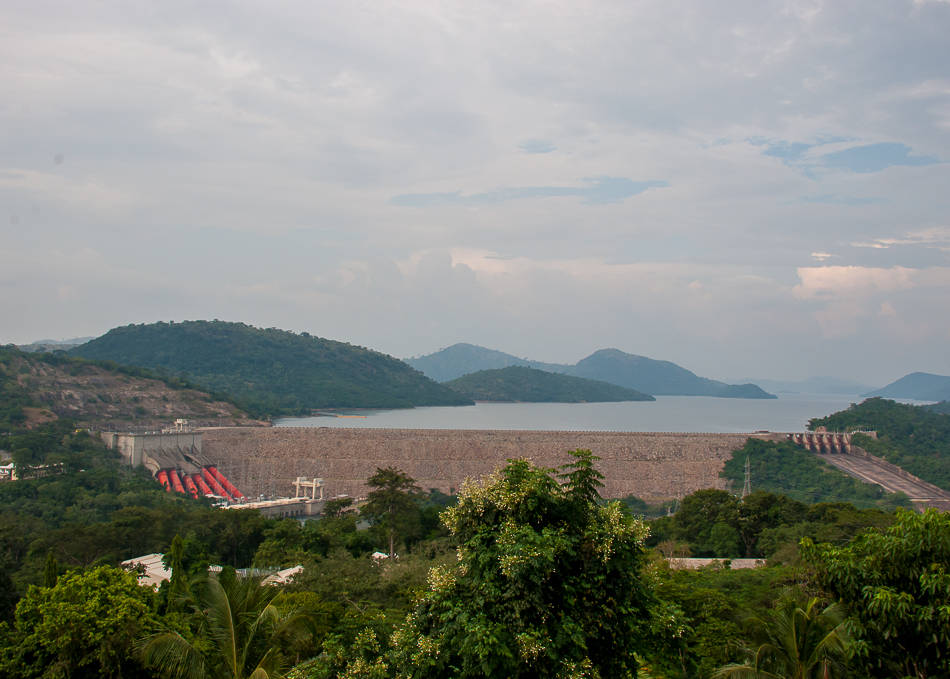
Fishing is obviously a huge activity in the region and you can witness many Tilapia Farms along the Volta River.
The dense green hills are a breeding ground for all kinds of migratory birds.
About 8 km south of the lake is the best place to enjoy the Volta River and all its water activities in the small town of Atimpoku on the west bank of the river.
Aylos Bay, a quiet hotel set in wooden riverfront gardens, offers easy access to the water with boats available for rent and floating pontoons for eating right on the river.
The waterfront bungalows are especially worth it with your own private balcony overlooking the river and bridge in the distance.
Aylos Bay’s location is also ideal for a break before visiting the rest of the Volta region as it sits right near the junction of the main Accra-Ho road which leads to the area’s main attractions.
View of Adomi Bridge from a paddle boat at Aylos Bay

Crossing the Volta River on the Adomi Bridge
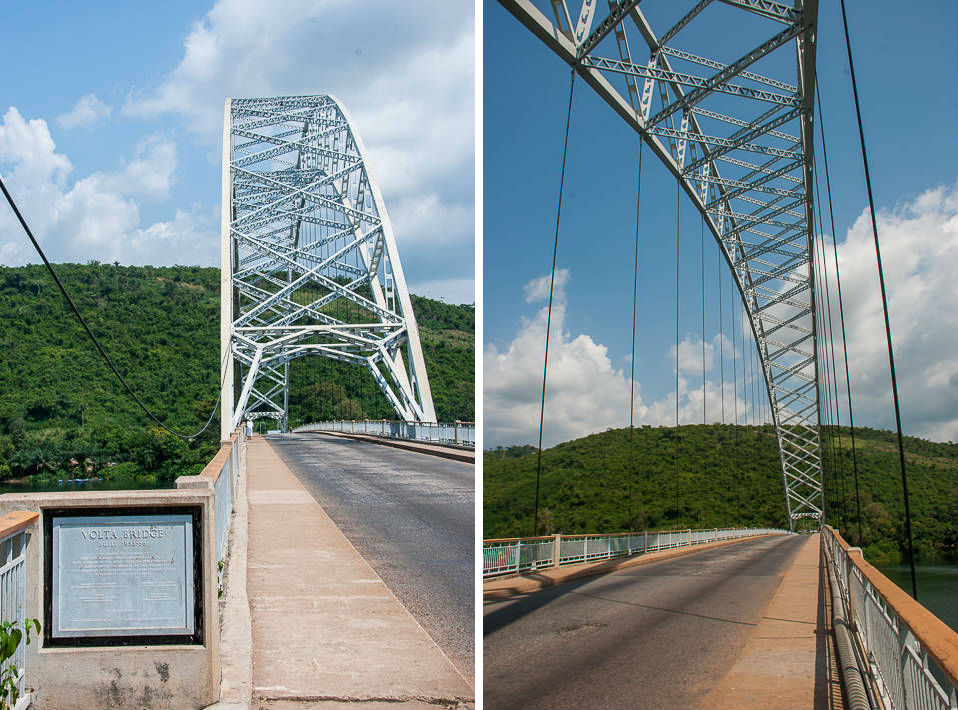
A few hours drive later and you’re in the region’s most popular tourist destination: the village of Wli and its stunning waterfalls near the Togo border, the highest in West Africa.
I stayed at the German-owned Waterfall Lodge, a super laid-back lodge with a superb location…
…as you can literally see the waterfalls from the garden, high up in the mountain range.
Close-up on the upper waterfalls
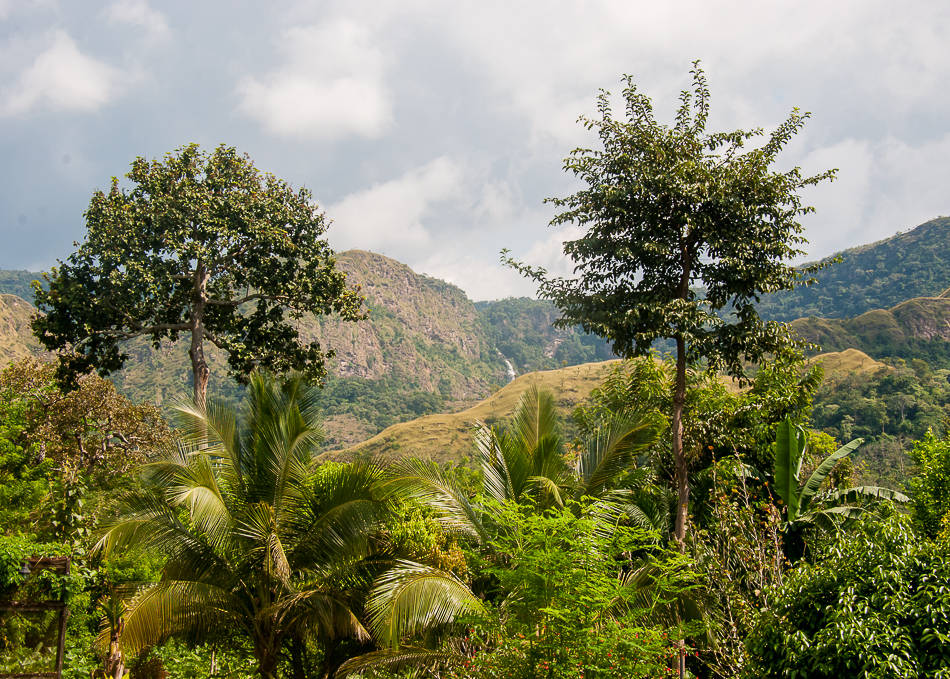
It’s only about 500m from the lodge to the tourist centre and the walk through the village is as attractive as seeing the waterfalls themselves.
Once you’ve paid your dues at the tourist centre, you enter the Wildlife Sanctuary and start your walk to reach the waterfalls through a thick forest, crossing the river a total of 9 times using foot bridges. There are actually two waterfalls to see, the lower ones being quite easy to reach after about 45 minutes of leisure walk on flat terrain, and the upper ones requiring a steep and sometimes arduous 2-hour ascent up the mountain.
I went to the Upper Falls first (better done early morning before the sun hits you!) and really welcomed the decidedly colder air up there and fresh mist from the falls.
The hike down, when not holding on branches to negotiate the steep and slippery slopes, affords great views of the valley.
The Lower Falls are a lot more visited due to their ease of access and you’ll most surely have company. There’s a large and shallow pool at the bottom where you can freshen up and more facilities such as benches and snack vendors as you’ll want to linger for a bit.
You’re likely to have a surprising shock when you see the sky above your head turn dark for a moment – the huge bat colony settled by the falls taking flight.
A very memorable sight and you’ll have a hard time taking your eyes off these hundreds of straw-colored creatures hanging on the tall cliffs next to the falls, the sound of their chirping echoing all around.
Once your head is back at a normal level is when you’ll also start noticing all the colorful butterflies…definitely a nature lover’s top destination!

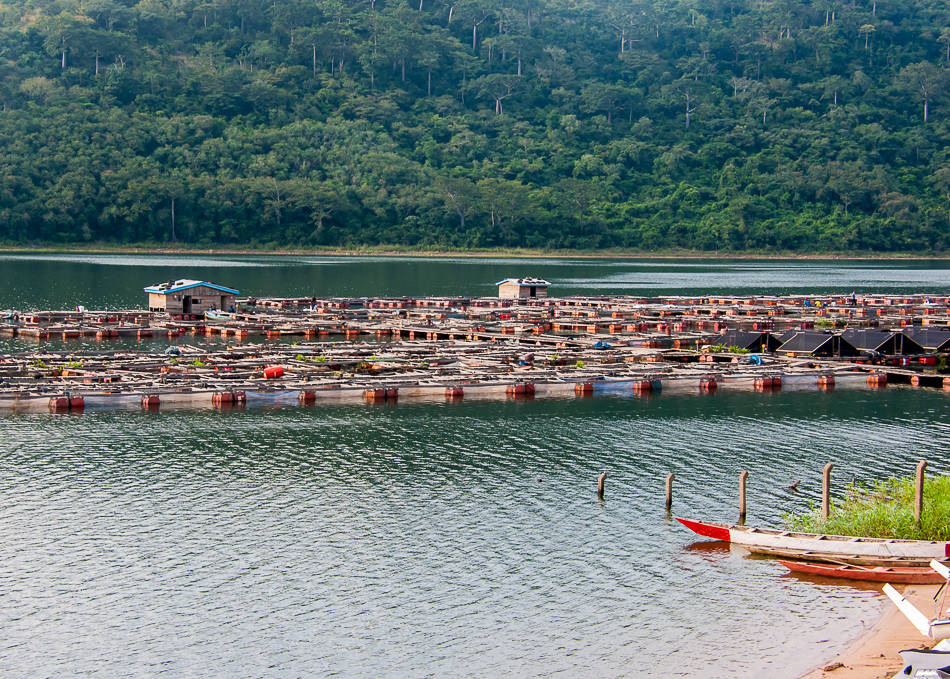

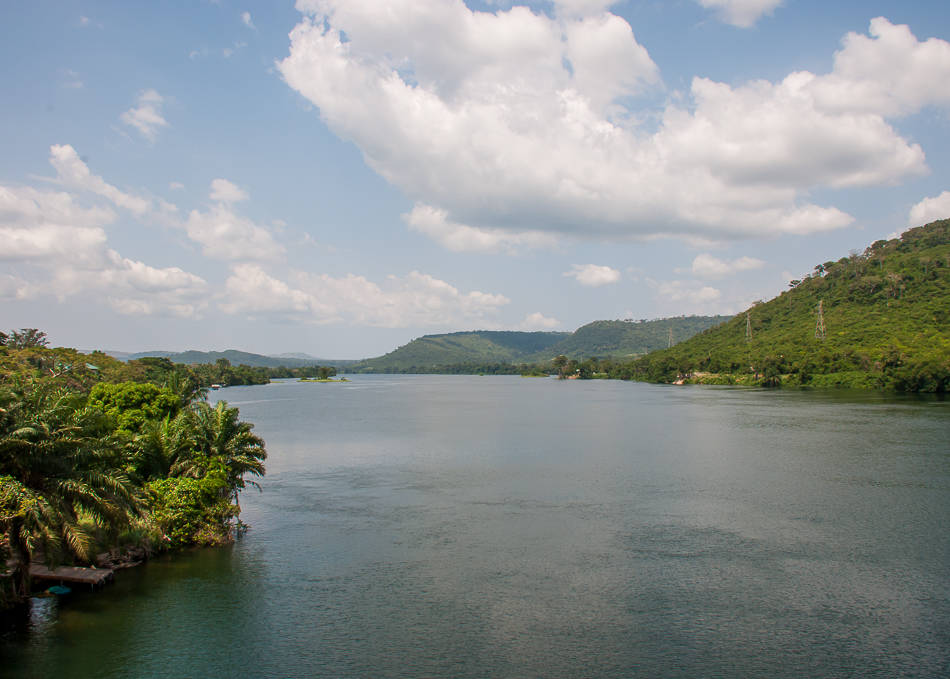
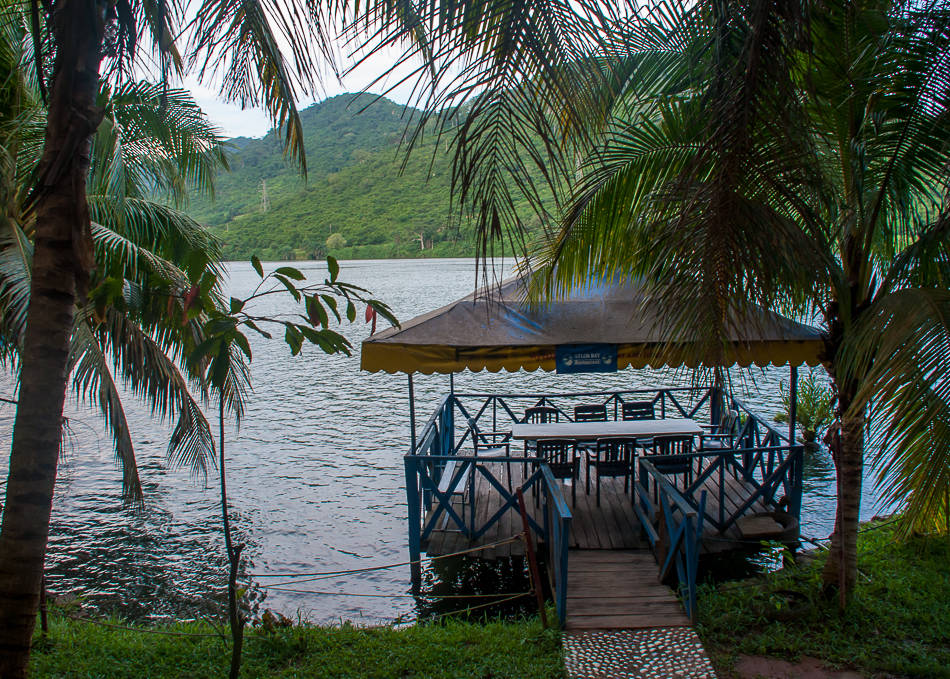
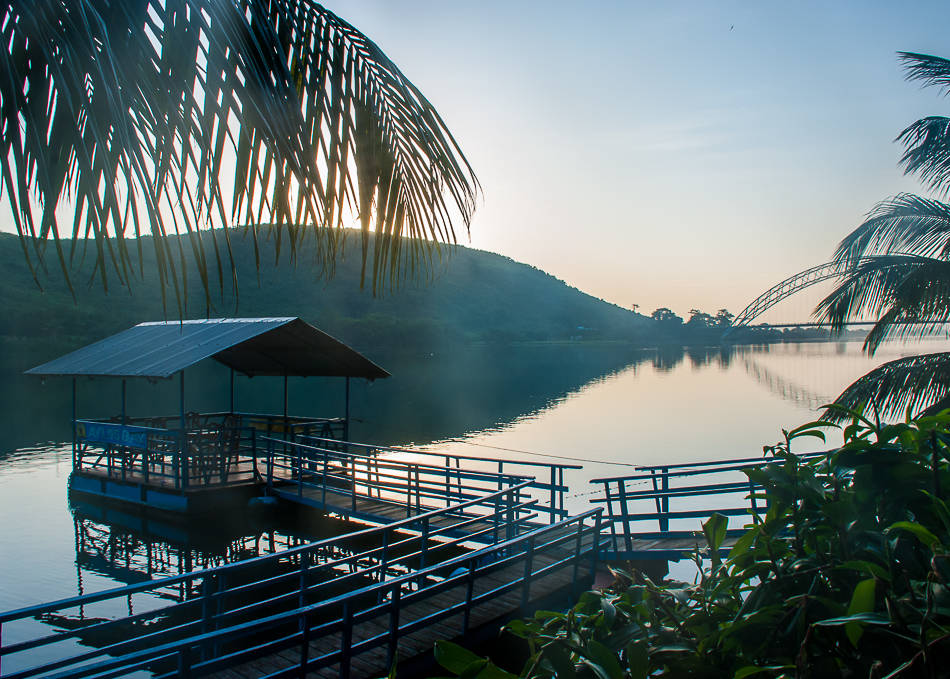


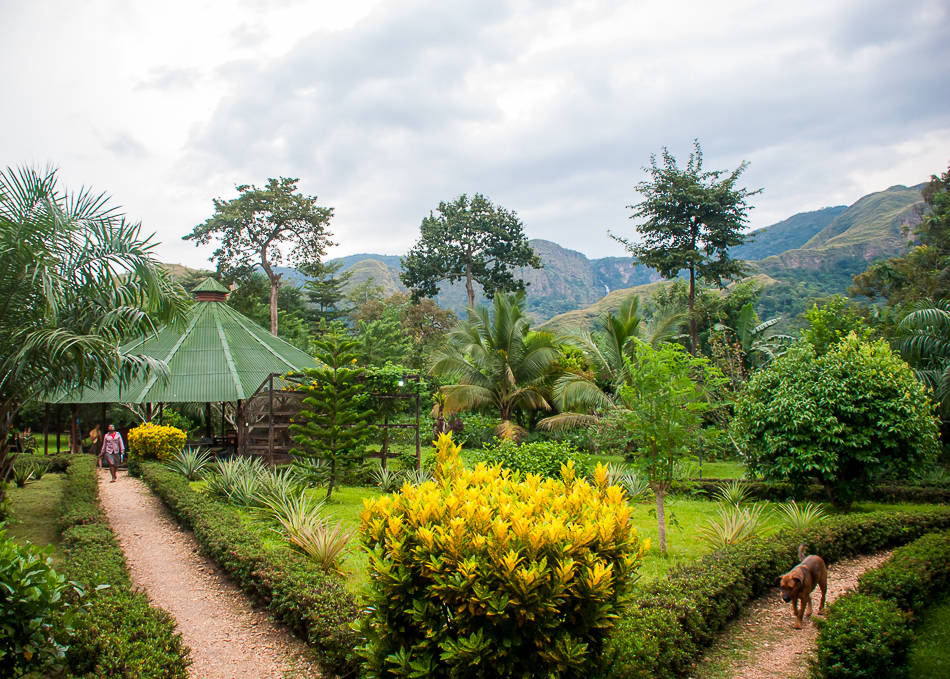
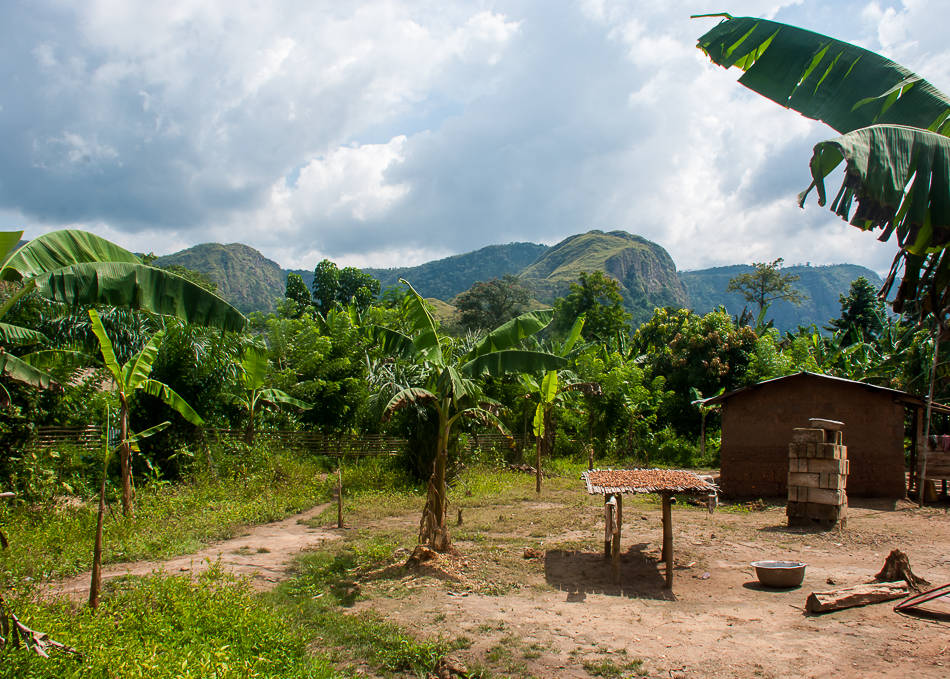
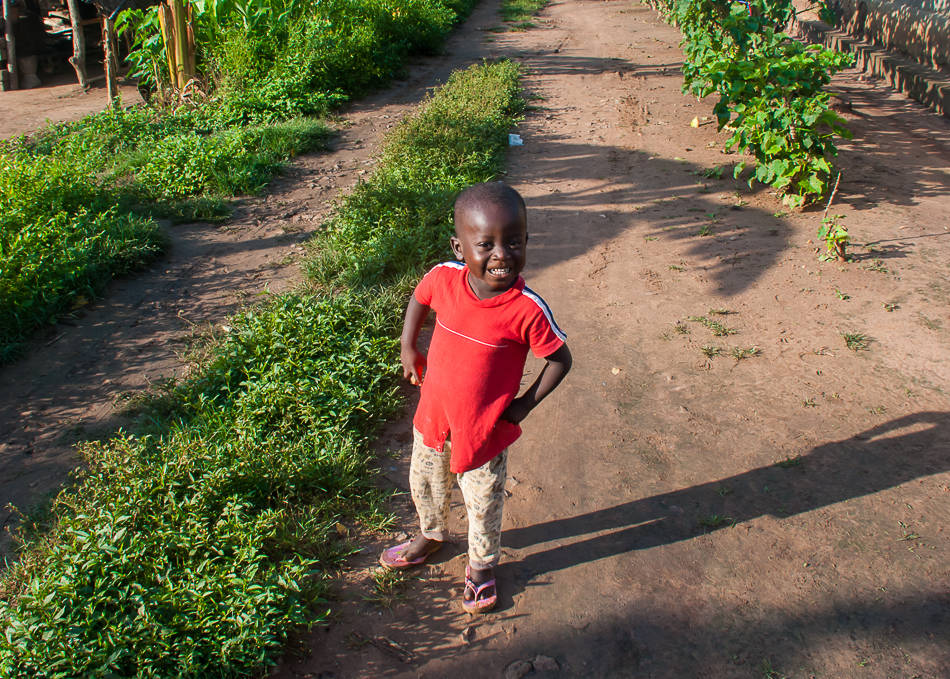
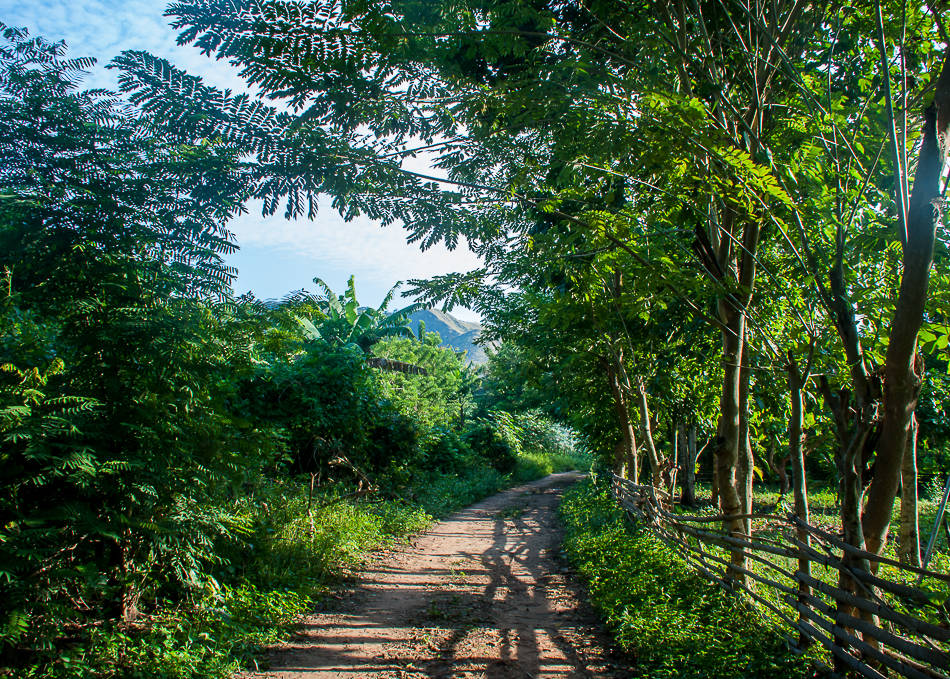

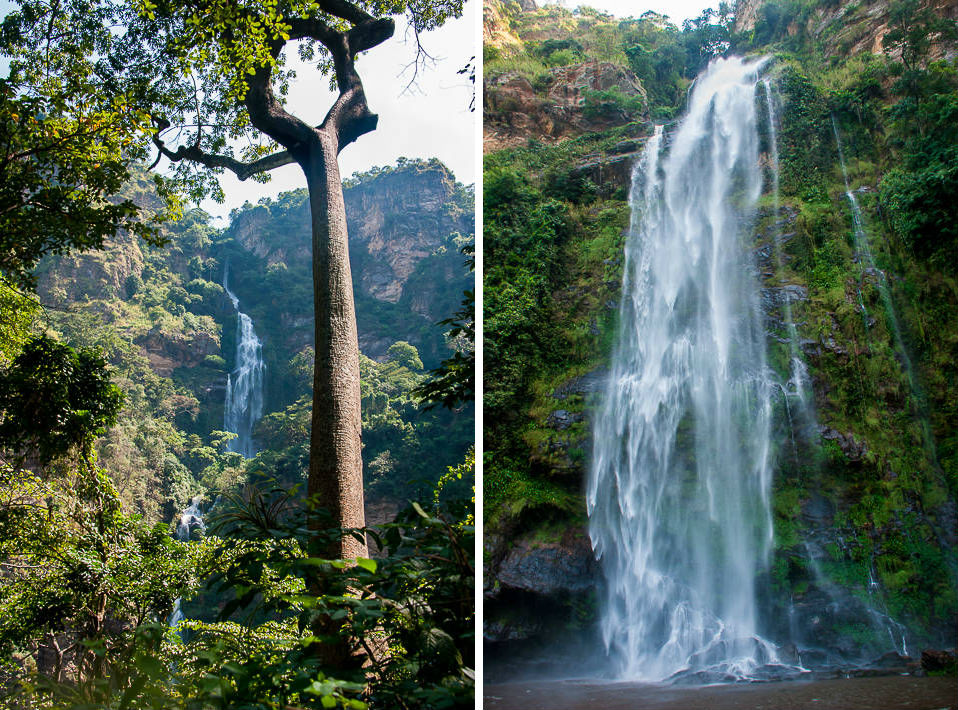
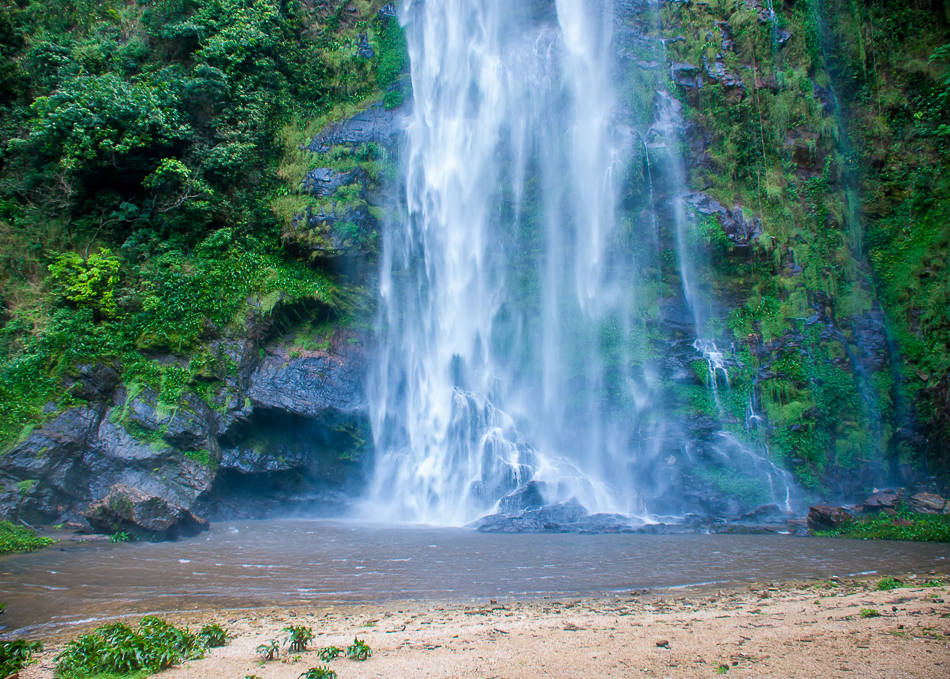
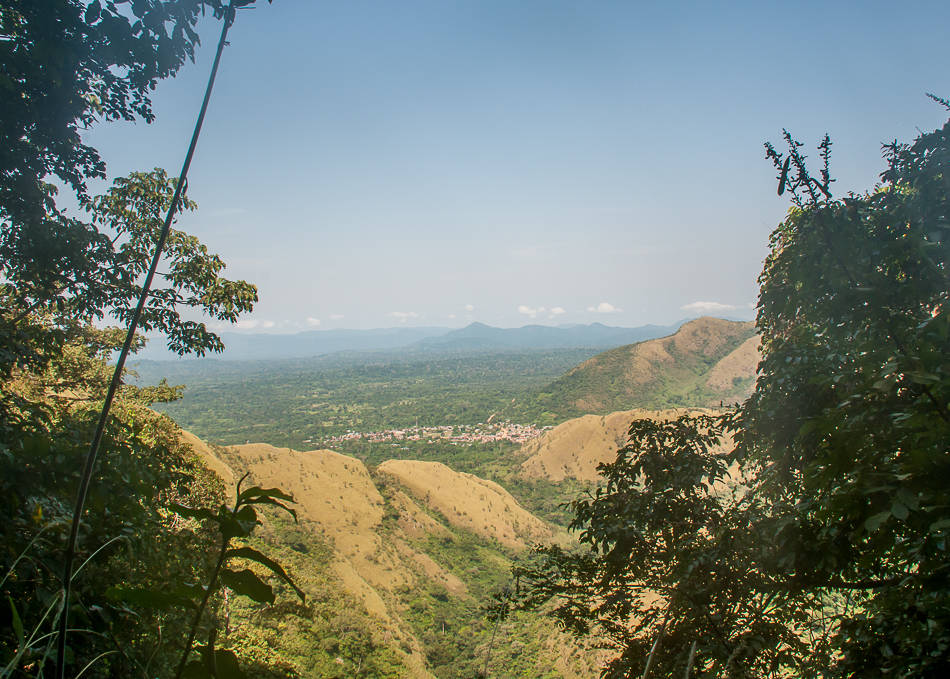

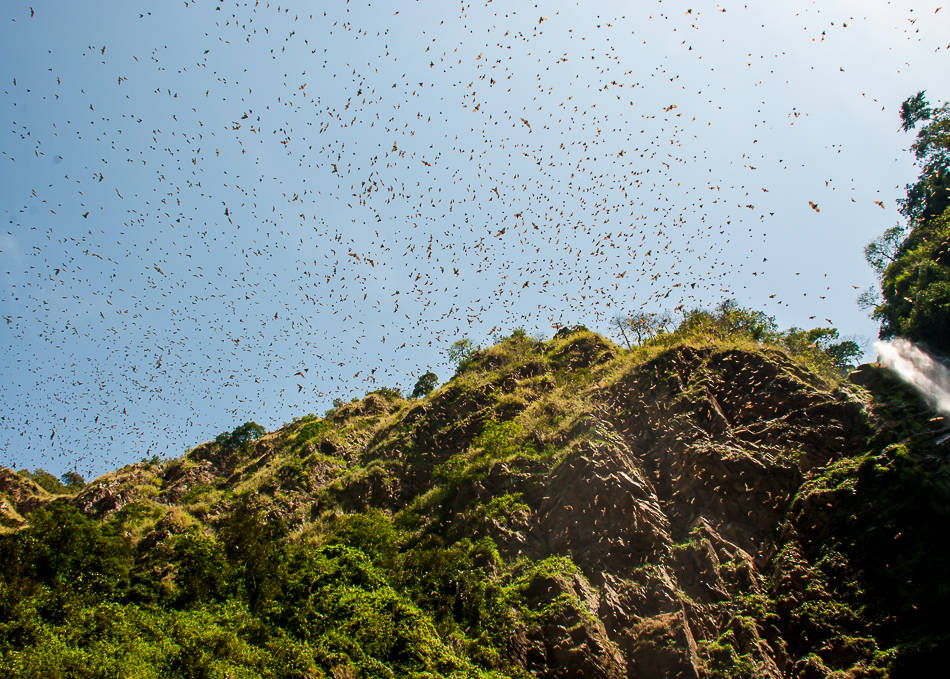
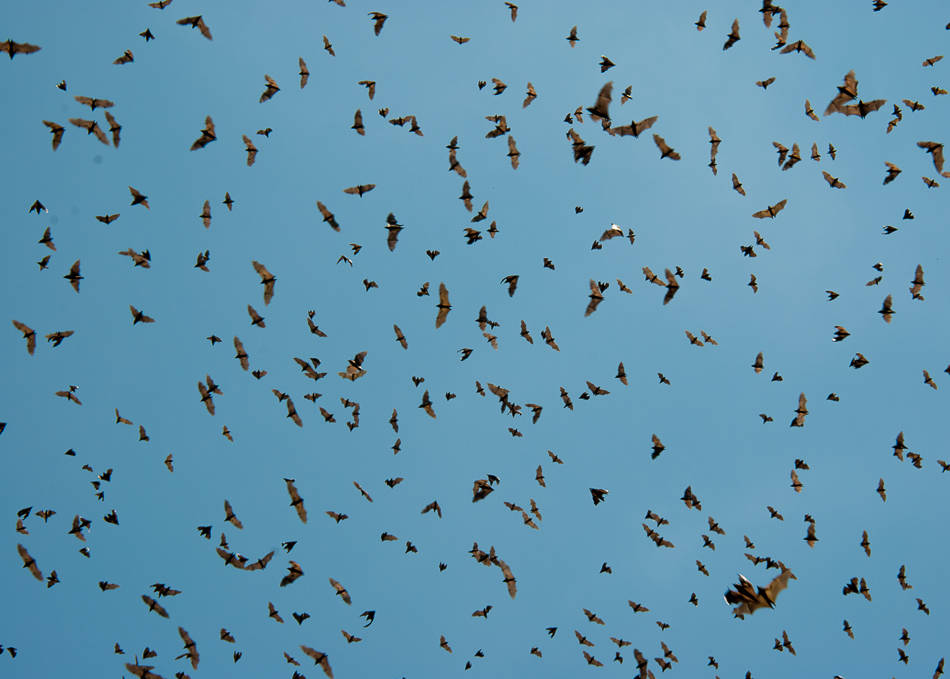
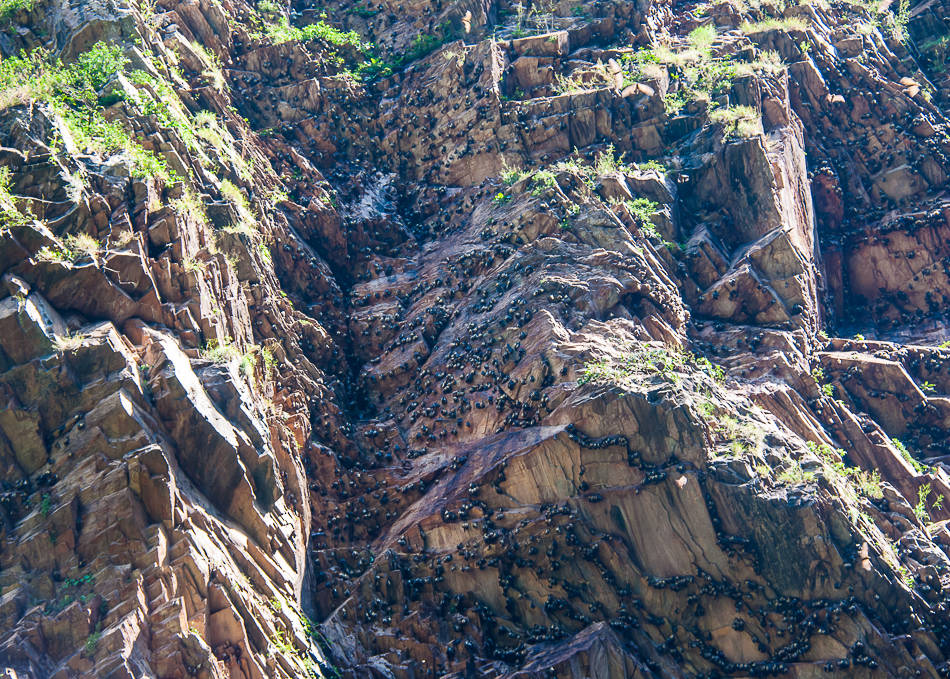

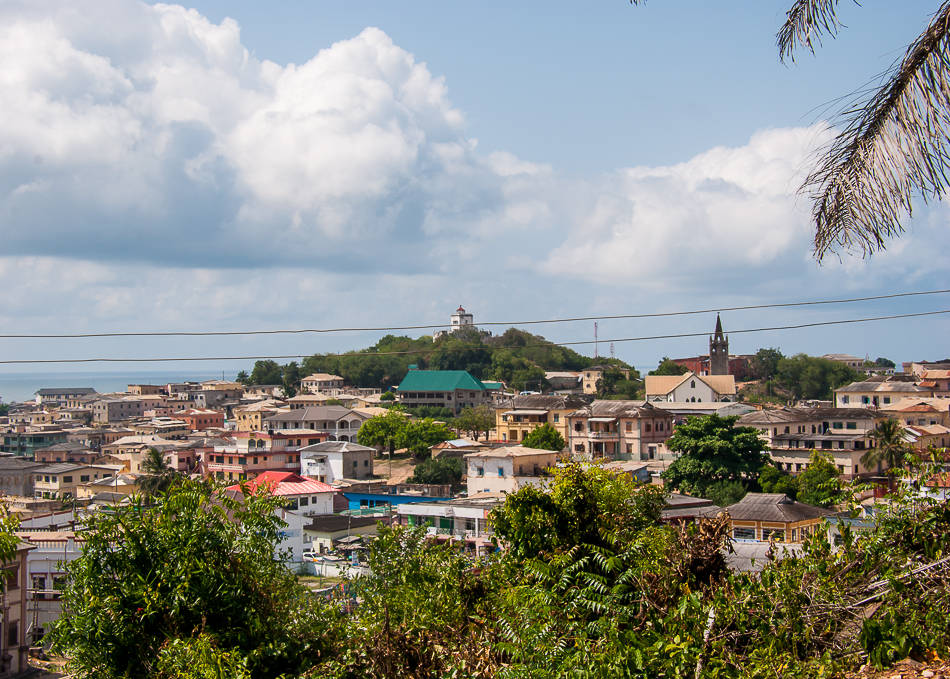
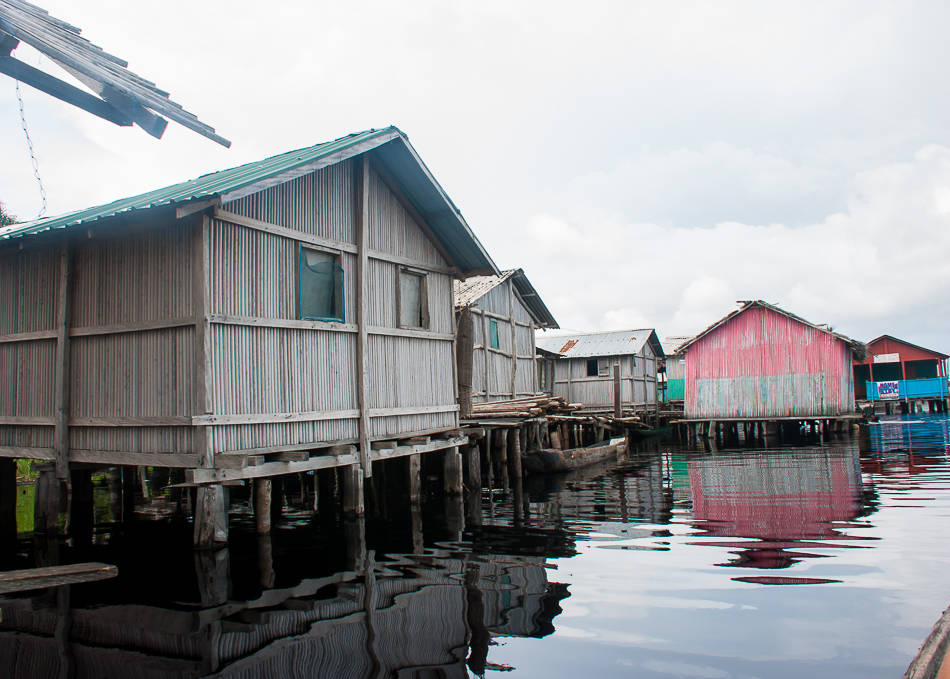
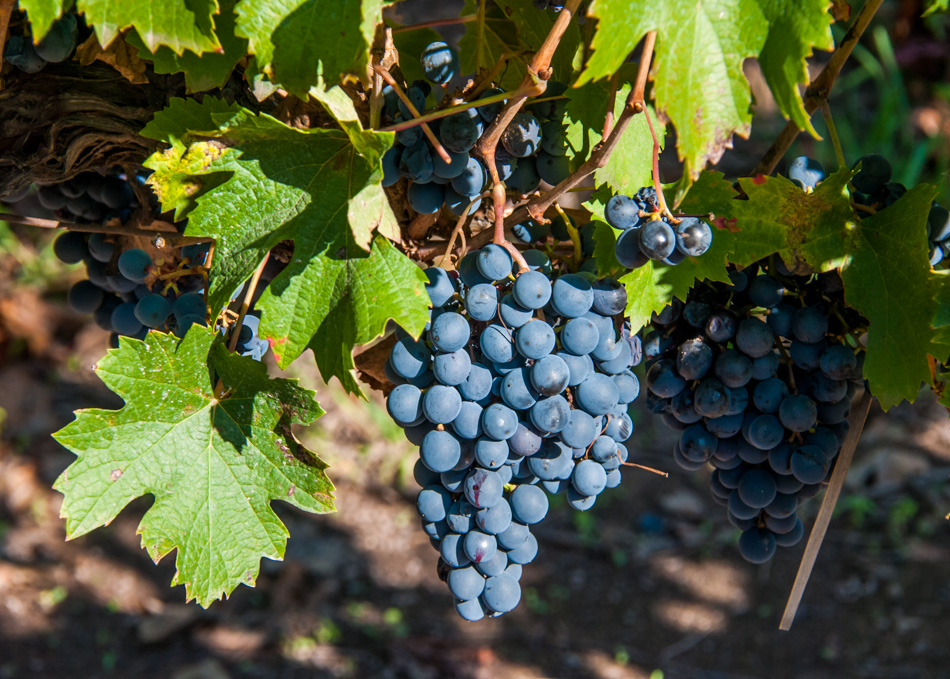


Would you add your bat photos as a citizen-science observation to the AfriBats project on iNaturalist?:
http://www.inaturalist.org/projects/afribats
AfriBats will use your observations to better understand bat distributions and help protect bats in Africa.
Please locate your picture on the map as precisely as possible to maximise the scientific value of your records.
Many thanks!
PS: these are straw-coloured fruit bats (Eidolon helvum)
Thanks a lot for accepting the invitation!
You’re welcome!
Hi Sandra,
this is truly beautiful!! I’m going to Ghana next week.
I hope I’ll be able to see this location as well. So good! 🙂
Your blog is a lot of inspiration to travel the world for me.
Thank you for that,
Nick
P.S.: What camera/lens are you using for these shots? Do you do post production? All of your your shots look so colorful & happy 🙂
Thanks Nick!
The Volta region is well worth the trip, and a no-brainer if you’re based in Accra or in the East. I’m using a Nikon D3000 and for this trip I mainly carried my Nikkor 18-300mm lens to be able to catch all the action and zoom in on the wildlife. Haha, love to have my pictures described as ‘happy’! 🙂 Some of the outdoor shots didn’t require any post-production, but I’d say the majority do get a little lift done with Lightroom.
Have a wonderful time in Ghana!
Sandra